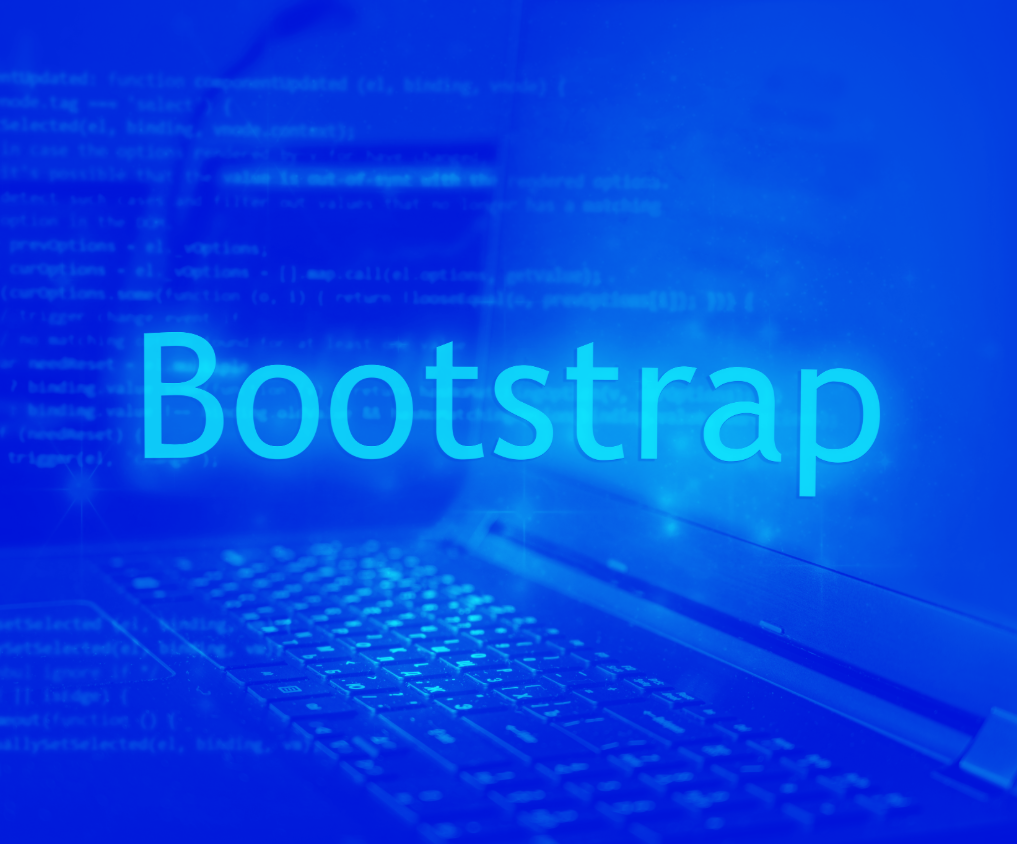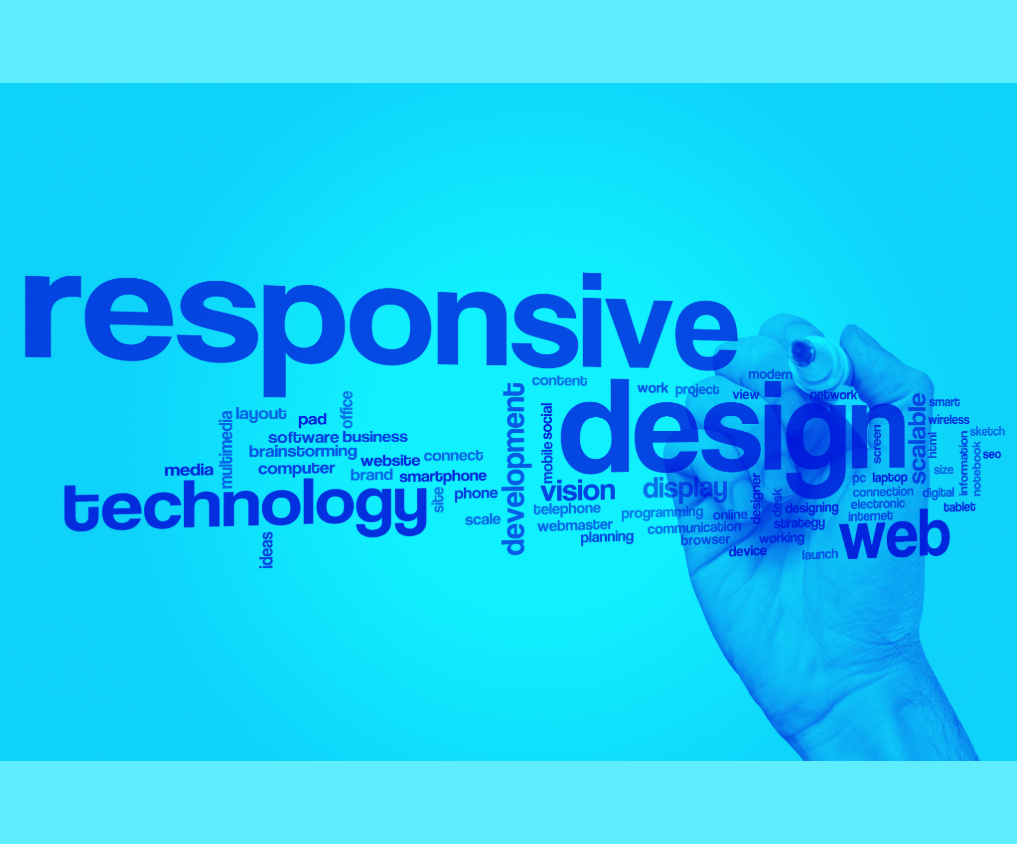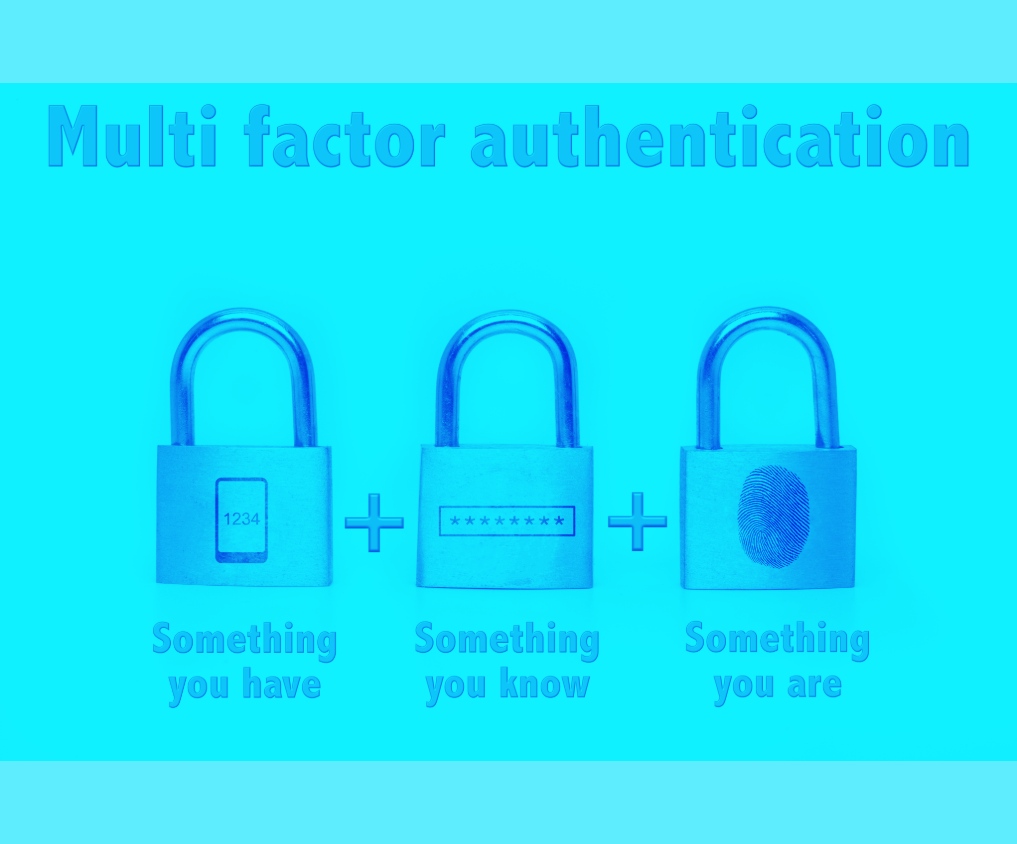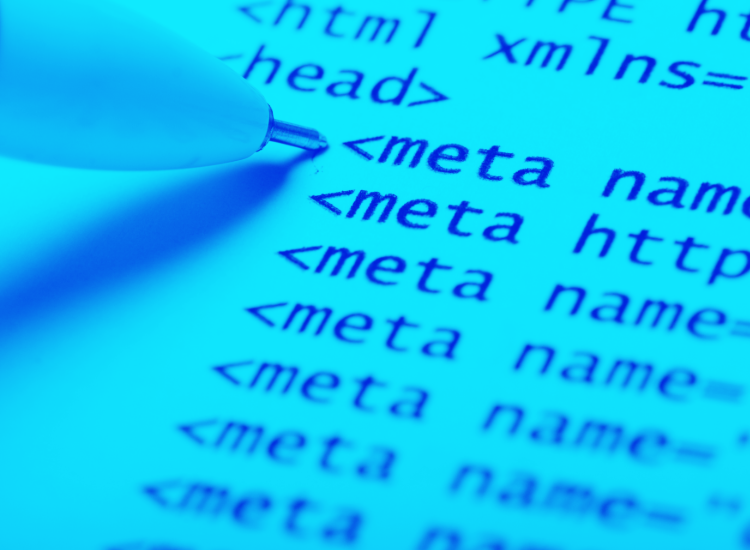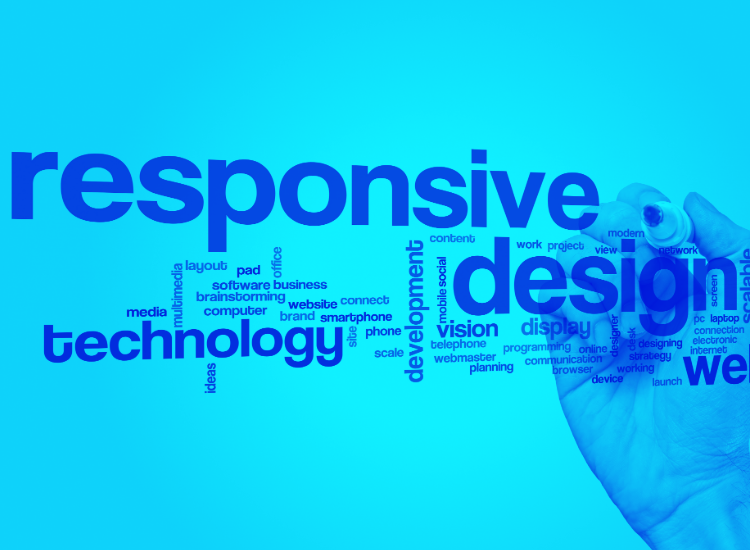Introduction:
The world of mobile app development is constantly evolving, and in recent years, Flutter has emerged as one of the most popular frameworks, known for its versatility and efficiency. Developed by Google, Flutter offers a robust toolkit for creating natively compiled applications for mobile, web, and desktop from a single codebase. Central to Flutter's success is Dart, a programming language that enables developers to build high-performance apps with minimal hassle. In this post, we'll explore what makes Flutter and Dart a game-changer in the world of app development.
What is Flutter?
Flutter is an open-source UI toolkit designed for building natively compiled applications from a single codebase. It enables developers to create beautiful, fast, and highly customizable apps across multiple platforms, including Android, iOS, web, and desktop.
Flutter's unique architecture makes it stand out. It doesn’t rely on native components; instead, it uses its own set of high-quality, pixel-perfect widgets that are drawn directly to the screen. This ensures a consistent user experience across platforms while allowing for more flexibility in design and performance.
Why Flutter? The Key Benefits
- Single Codebase, Multiple Platforms Flutter allows developers to write one codebase and deploy it on multiple platforms. This eliminates the need to maintain separate codebases for iOS, Android, and web, saving both time and resources. It also makes iterative development faster, as updates can be applied universally across platforms.
- Hot Reload One of Flutter’s most-loved features is hot reload, which allows developers to see changes to the code instantly in the emulator or on the device. This feature dramatically speeds up the development process by reducing the need to restart the app or lose the state when making updates. Developers can experiment with UI changes, debug quickly, and try new features without disrupting the workflow.
- Customizable Widgets Flutter comes with a rich library of customizable widgets that cover a wide range of platform-specific UI elements. These widgets are highly customizable, offering complete control over every pixel on the screen. Whether you're designing for iOS or Android, you can create highly responsive apps with a native look and feel.
- Performance Because Flutter compiles to native ARM code, it delivers fast performance, matching that of natively developed apps. The Dart language and Flutter's rendering engine provide a smooth and lag-free experience with up to 60 FPS (frames per second) on mobile devices.
- Growing Ecosystem and Community Flutter's community is rapidly growing, and it has garnered a vast ecosystem of plugins, tools, and resources. Google itself actively maintains and supports Flutter, ensuring regular updates and improvements. This growing ecosystem makes it easier for developers to find libraries, packages, and tools that speed up development.
Why Dart?
Dart is at the heart of Flutter. Created by Google, Dart was designed to be a fast, easy-to-learn language, optimized for UI development and front-end experiences.
Here’s why Dart complements Flutter perfectly:
- Ahead-of-Time (AOT) Compilation Dart’s AOT compilation results in faster startup times for apps and improved overall performance. By compiling the app directly to machine code, Dart ensures that Flutter apps are as fast as possible. This gives Flutter a performance edge over other frameworks that use JavaScript bridges, like React Native.
- Object-Oriented and Easy to Learn Dart is an object-oriented language with syntax that is clean, modern, and familiar to developers coming from JavaScript, Java, or C#. It combines the best features of other programming languages, making it easy to adopt for developers with different backgrounds.
- Asynchronous Programming Dart excels at handling asynchronous tasks, thanks to its built-in support for Futures and Streams. This is particularly useful in mobile development, where tasks like fetching data from an API or reading files can be performed without blocking the main thread, ensuring smooth user experiences.
- Strong Typing with Flexibility Dart supports both static and dynamic typing. While it encourages strong typing, which can help catch bugs early, it also allows for flexibility with dynamic typing when necessary. This balance makes Dart a versatile language that can suit different coding styles.
Real-World Success Stories:
Many companies are already harnessing the power of Flutter. Google itself uses Flutter in products like Google Ads and the Google Assistant, while big names like BMW, Alibaba, and eBay have also adopted Flutter for their mobile and web applications.
For instance, Alibaba, the global e-commerce giant, used Flutter to build their app, which serves millions of users. The ability to develop for both Android and iOS from a single codebase was critical for maintaining their large-scale app, while Flutter’s custom widgets allowed them to create a unique, responsive UI across devices.
Flutter for Web and Desktop:
Originally built for mobile, Flutter has now expanded its reach to the web and desktop environments. With Flutter for Web, developers can write one codebase and deploy their app as a web experience without compromising on design or performance. Similarly, Flutter for Desktop enables the creation of native desktop apps for macOS, Windows, and Linux. This multi-platform capability positions Flutter as a top choice for businesses and developers looking to build cross-platform apps efficiently.
Conclusion:
Flutter, powered by Dart, is transforming the landscape of app development. With its ability to create high-performance, natively compiled apps across multiple platforms from a single codebase, Flutter offers an attractive solution for developers and businesses alike. Its customizable widgets, fast development cycle, and growing community are just a few reasons why Flutter continues to gain traction.
If you’re considering building a new app or want to revamp an existing one, Flutter is undoubtedly worth exploring. Its promise of delivering high-quality apps faster, without the platform silos, makes it a framework with a bright future.

